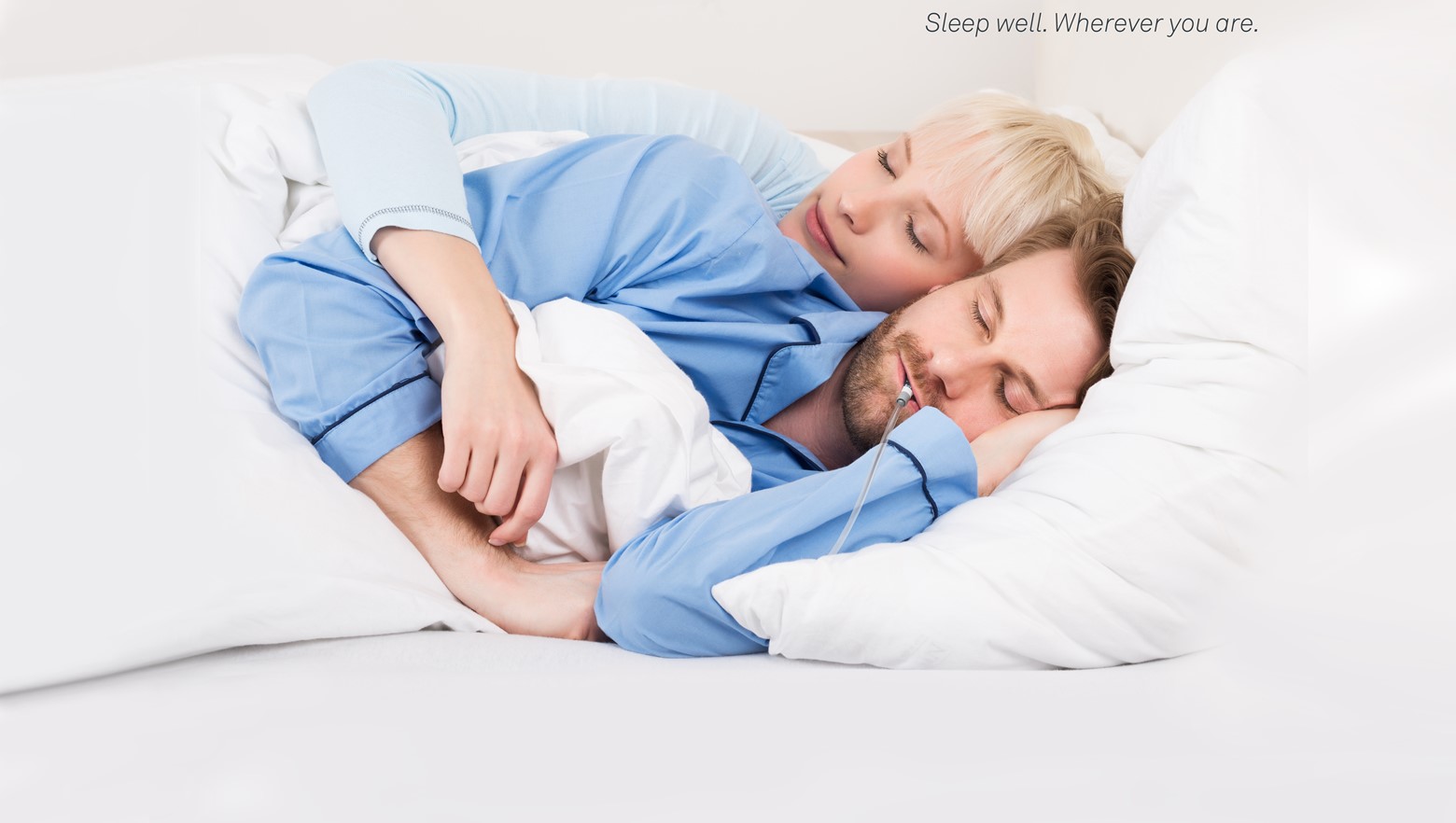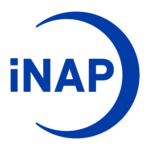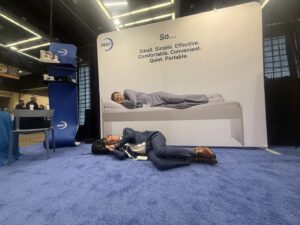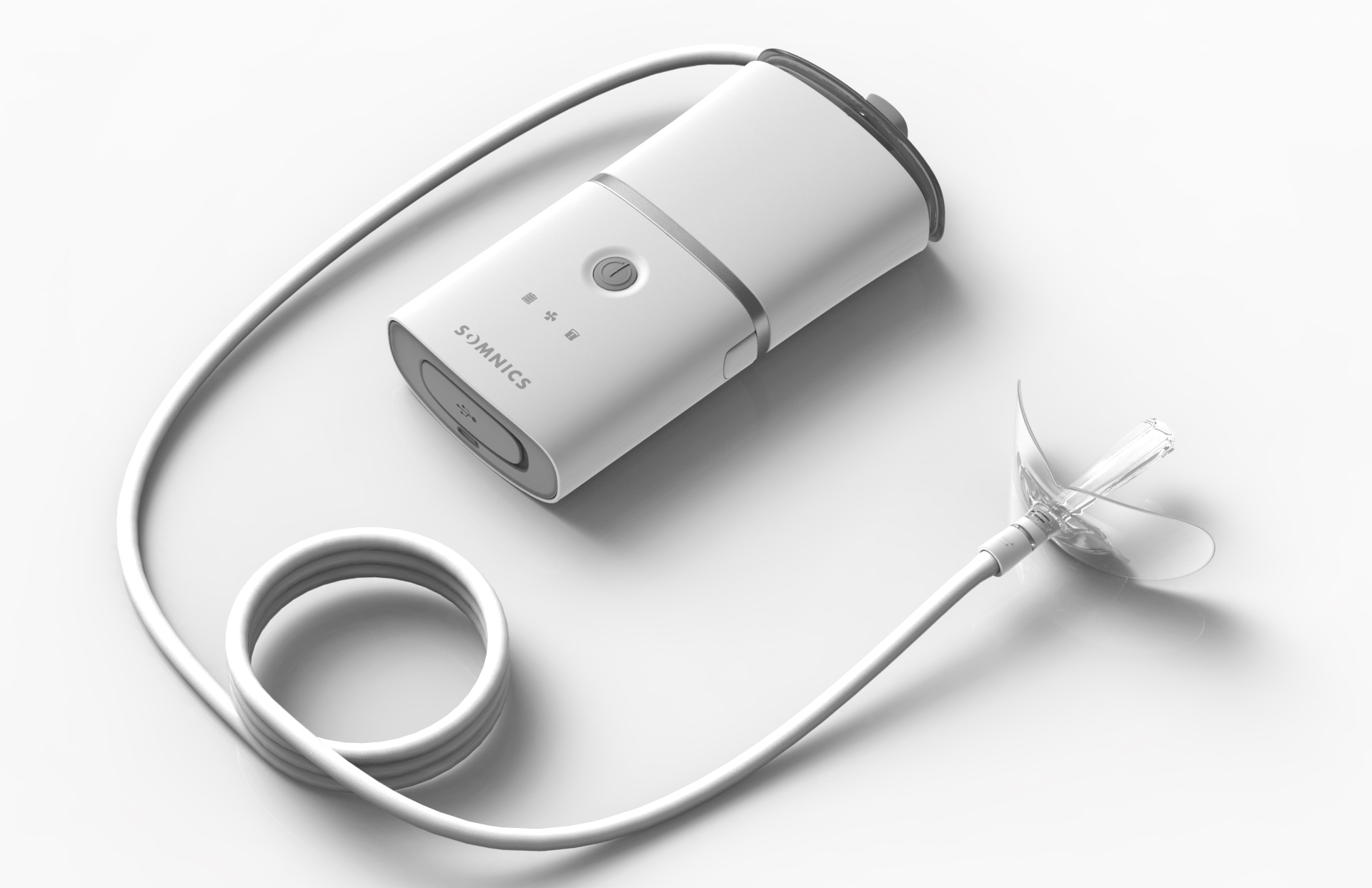 When it comes to treating obstructive sleep apnea (OSA), the conversation has long centered around disease severity. Clinicians typically measure this using the Apnea-Hypopnea Index (AHI), which records how many times per hour a patient stops or struggles to breathe during sleep. But here’s the paradox: the patients with the most severe OSA don’t always feel the worst during the day, and they’re not necessarily the ones who struggle most with treatment.
When it comes to treating obstructive sleep apnea (OSA), the conversation has long centered around disease severity. Clinicians typically measure this using the Apnea-Hypopnea Index (AHI), which records how many times per hour a patient stops or struggles to breathe during sleep. But here’s the paradox: the patients with the most severe OSA don’t always feel the worst during the day, and they’re not necessarily the ones who struggle most with treatment.
A closer look at real-world data from over 1,000 patients using iNAP® negative pressure therapy shows that we may have been asking the wrong question all along. The true predictor of treatment success isn’t how severe the disease looks on paper—it’s how consistently patients use their prescribed therapy.
The AHI-ESS Disconnect
One of sleep medicine’s most puzzling realities is the mismatch between AHI scores and daytime sleepiness, usually measured by the Epworth Sleepiness Scale (ESS). Numerous studies show that AHI and ESS only weakly correlate, with coefficients rarely exceeding 0.4. That means more than 80% of a patient’s daytime sleepiness can’t be explained by breathing disruptions alone.
This is why some patients with severe OSA (AHI >30) function surprisingly well during the day, while others with mild disease feel utterly exhausted. AHI, after all, measures frequency of events—not their depth, duration, or how badly they disrupt sleep. Meanwhile, ESS reflects far more than physiology: lifestyle, job demands, and even how well patients recognize or report their own symptoms all influence the score.
In short, severity doesn’t always equal suffering, and it certainly doesn’t predict who will succeed with therapy.
The key question for clinicians isn’t, “How severe is this patient’s apnea?” but rather, “How can we best support them in sticking with treatment?”
Real-World Outcomes Defy Expectations
Clinical experience with iNAP reinforces this disconnect. Many patients with very high AHI values report profound improvement once they begin therapy—and they stick with it. Conversely, some patients with milder disease give up early, despite having fewer breathing disruptions.
Why? Because treatment success hinges on one thing above all else: consistent usage. A patient with 50 breathing events per hour who wears their device every night is far more likely to thrive than someone with half that number who uses their therapy sporadically.
This insight reframes OSA treatment. It’s not about where you start; it’s about whether you stay on track.
The True Predictors of Failure
A analysis of 1,050 patients usage of iNAP revealed a striking truth: baseline characteristics—age, gender, BMI, and even AHI—barely predicted who would succeed. Taken alone, these factors produced a predictive accuracy of just 54%, little better than a coin toss.
But once usage patterns were included—adherence rates, nightly hours of use, and seal effectiveness—the model’s accuracy jumped to 82%. That’s the difference between educated guesswork and real clinical foresight.
Among the predictors, adherence was the most powerful. Each 1% drop in adherence increased the odds of returning the device by 4.5%. Every hour less of nightly use raised the likelihood of failure by more than 11%. Seal effectiveness, too, played a critical role in long-term success.
Interestingly, high baseline sleepiness score (ESS) slightly increased return rates, suggesting that patients with greater daytime impairment may either expect too much too soon or face more complex, multifactorial sleep problems.
A Usage-First Paradigm
These findings point toward a new way of thinking: usage-first care. Instead of prioritizing disease severity as the main factor in treatment planning, clinicians should focus on early usage patterns, which are far more actionable.
Within the first 30 days, red flags are already visible: adherence under 50%, nightly use below 4 hours, or seal effectiveness under 60%. These signals allow clinicians to intervene early, adjusting the device, providing education, or offering motivational support before patients disengage completely.
For healthcare systems, the implications are clear. Investments in usage optimization—training, monitoring, and follow-up—deliver better long-term outcomes than focusing resources on disease severity alone.
Redefining Success in Sleep Apnea Treatment
Traditionally, success in OSA care has been framed in terms of AHI reduction or improvements in ESS scores. But real-world evidence suggests we should measure success differently: by consistent nightly usage and the patient’s own experience of better sleep and better days.
This shift moves OSA from being seen as a severity-dependent condition to a management-dependent condition. The key question for clinicians isn’t, “How severe is this patient’s apnea?” but rather, “How can we best support them in sticking with treatment?”
Conclusion
Sleep apnea treatment success doesn’t lie in numbers alone. While AHI and ESS remain important diagnostic tools, they don’t determine outcomes. Usage does.
By focusing on adherence, hours of nightly use, and device optimization, clinicians can turn even the most severe cases into success stories. The future of sleep apnea management isn’t about finding the “perfect” patient for therapy—it’s about building better systems of support so that every patient can thrive.
Because in the end, it’s not where you start that matters most. It’s how consistently you take the journey.


